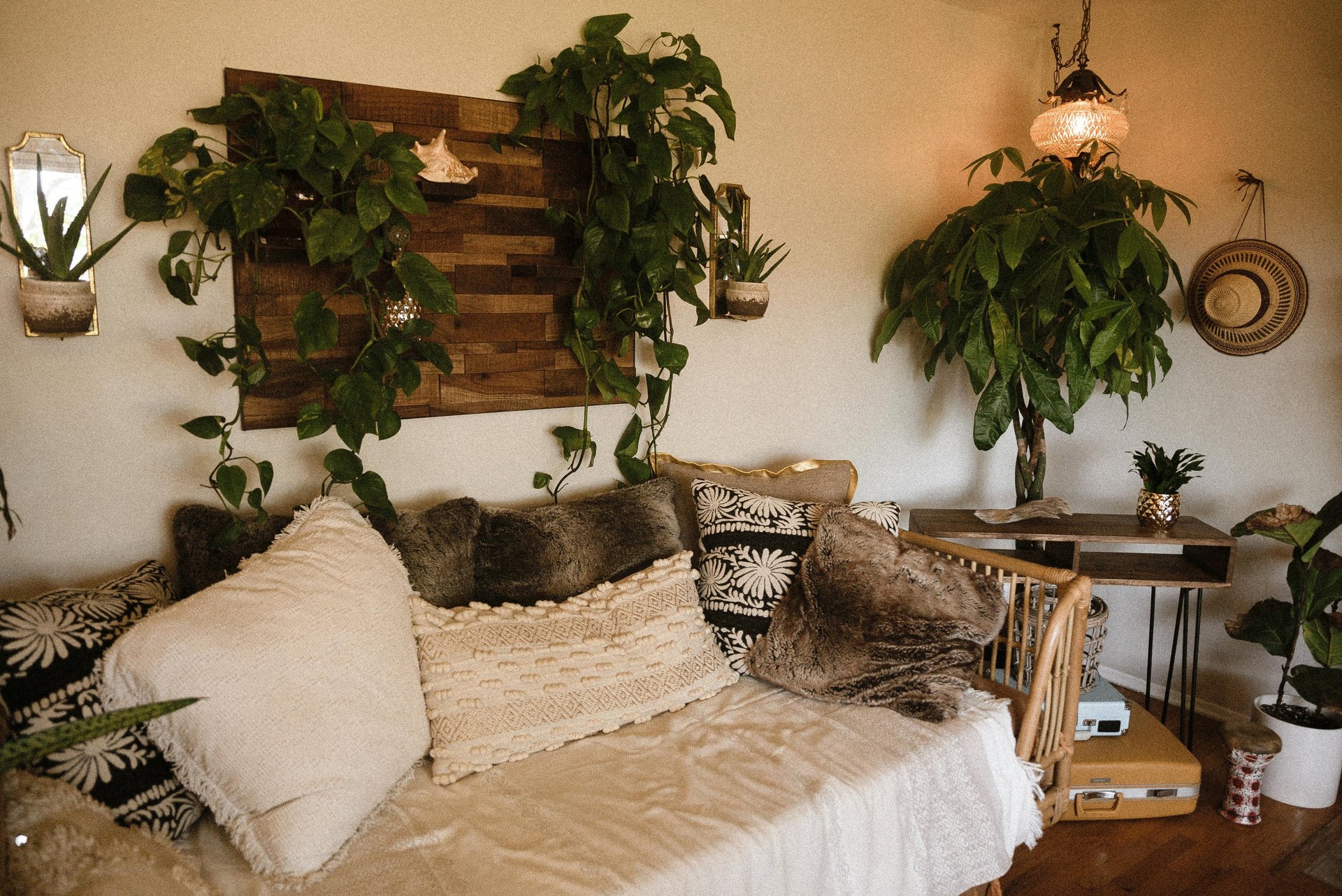
🌿 7 Genius Ways to Mimic Nature and Make Houseplants Thrive Indoors
Your plants may live indoors, but they were born in the wild. Here’s how to recreate their natural habitat at home for lush, healthy growth.
Have you ever wondered why your pothos looks leggy, or why your calathea’s leaves turn brown no matter what you do? It’s probably not your fault — the truth is, most houseplants are tropical by nature. That means they’re used to dappled jungle light, warm air, high humidity, and the freedom to climb or sprawl.
The good news? You can recreate those natural conditions right inside your home — no greenhouse required. With a few smart tricks (and a little help from affordable tools), your plants will start to grow the way they do in the wild.
Bonus: I’ve included links to products I personally use and recommend. Some of these are affiliate links, which means I may earn a small commission if you purchase — at no extra cost to you. Thanks for supporting the blog!
🌿 Let Your Plants Climb — Just Like in the Wild
In nature, plants like pothos, monstera, and philodendron don’t trail along the ground — they climb trees to chase light and air. Indoors, we often leave them hanging, but giving them something to climb triggers more mature, larger growth.
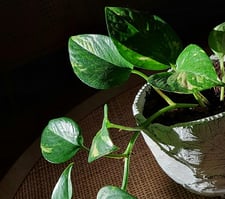

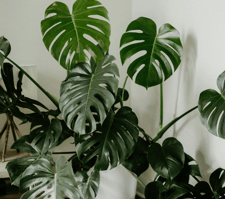

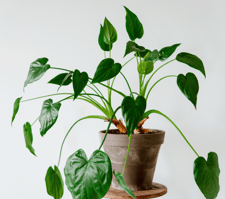

Pothos
Monstera
philodendron
🧠 Try this:
Add a moss pole or coco coir totem to your climbing plants.
Let philodendrons weave around a trellis or stake.
Wrap bendable support wires into modern wall art shapes for an aesthetic touch.
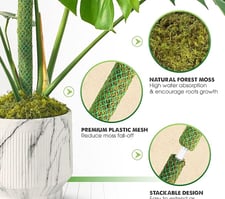

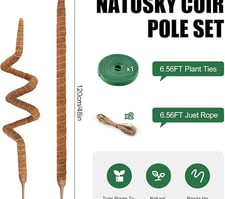

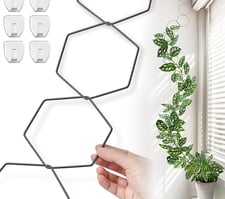

Stackable Mesh Pole
Coco Coir Pole
Chain Trellis
2. ☀️ Boost the Light — More Than You Think
Most indoor plants labeled “low light” still prefer bright, indirect light — just not direct sun. If your space doesn’t get enough natural light, your plant is simply trying to survive… not thrive.
🧠 Try this:
Add a full-spectrum LED grow light near your plants.
Replace a bulb in your lamp with a grow light bulb.
Use clip-on grow lights for shelves or dark corners.
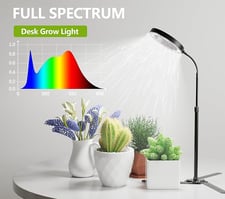

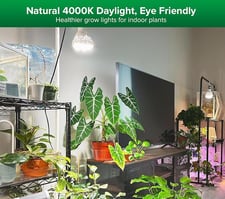

Grow Light
Grow Light Bulb
💧 Mimic That Jungle Humidity
Your calathea isn’t being dramatic — it just misses the rainforest. Many plants need 50%–70% humidity to stay lush, but indoor air, especially with heating or AC, can drop to desert levels.
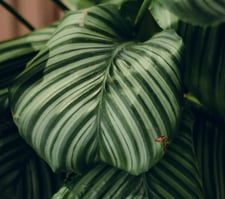

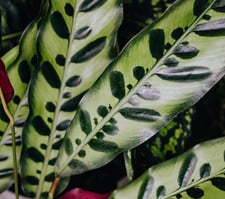

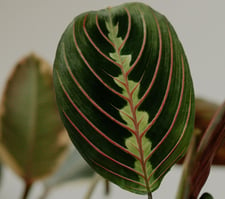

Calathea orbifolia
calathea rattlesnake
Calathea multicinta
🧠 Try this:
Group plants together to create a humidity pocket.
Place pots on a pebble tray with water below the roots.
Use a small humidifier during dry months.
Keep a hygrometer nearby to monitor levels.
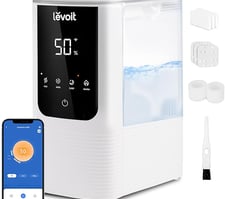

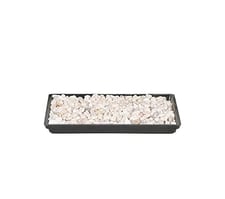

Humidifier
Pebble tray
💨 Add a Breeze (Airflow Matters)
In the wild, wind strengthens stems and keeps pests and mildew at bay. Indoors? Stagnant air = fungus gnats, mold, and weak plants.
🧠 Try this:
Use a small oscillating fan to move air gently.
Run it near dense plant corners for a few hours daily.
Avoid placing fans directly on delicate plants.
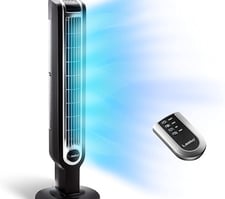

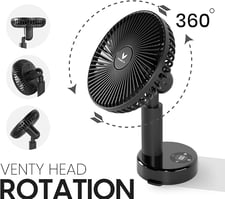

Tower Fan
Portable Clip Fan
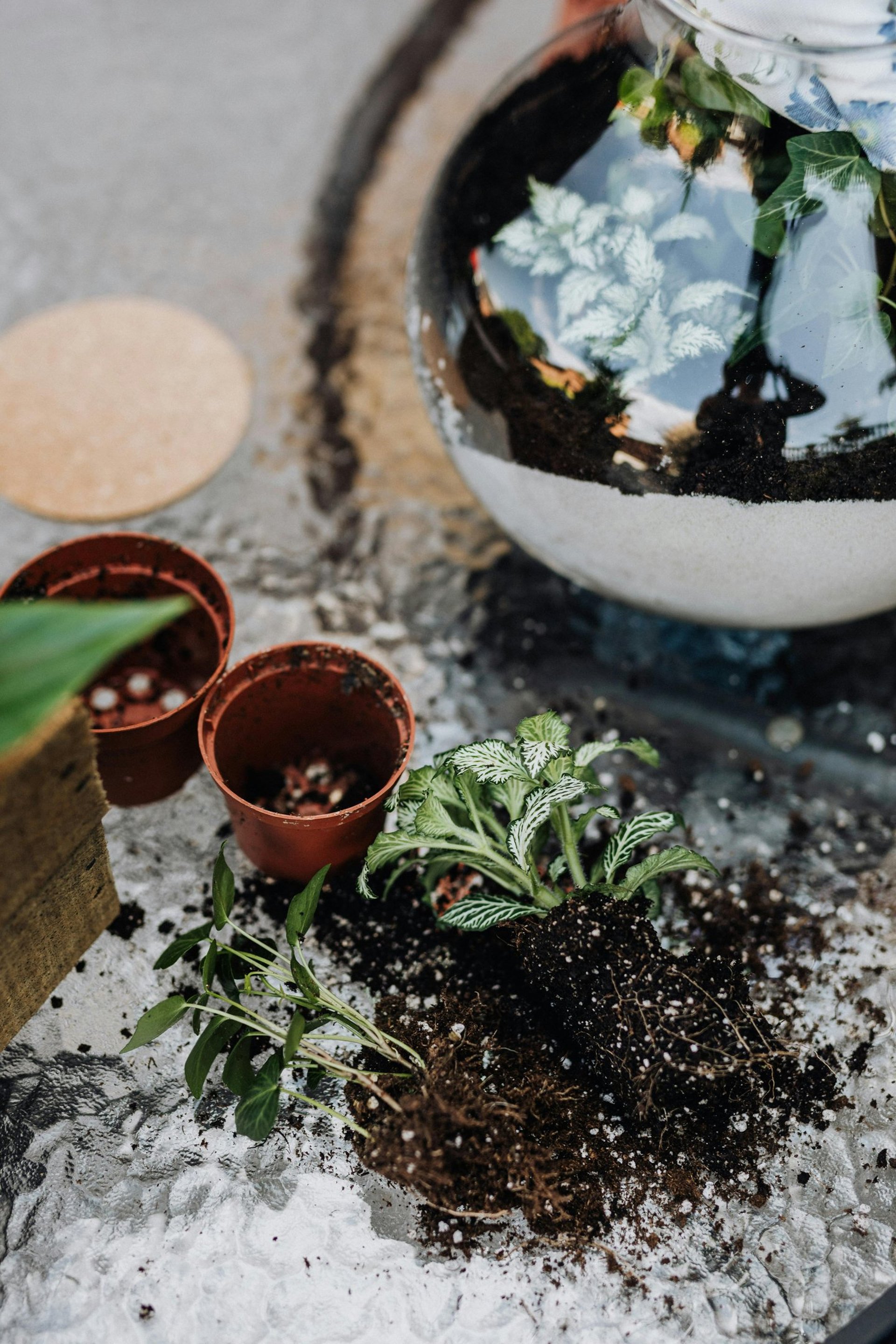
🤎Give Them the Soil They Deserve
In nature, soil isn’t just “dirt” — it’s a living, breathable mix. Jungle plants grow in decayed leaves, bark, and compost. Standard potting soil can suffocate roots, retain too much water, and cause rot.
🧠 Try this:
Mix your own: 1 part potting soil + 1 part perlite + 1 part orchid bark.
Or buy a specialty mix for aroids or tropical plants.
🌱 Replicate the Seasons
Even tropical forests have a “wet” and “dry” season. Indoor plants benefit from a seasonal rhythm too — it tells them when to grow and when to rest.
🧠 Try this:
Fertilize in spring and summer when plants are actively growing.
Stop or reduce feeding in fall and winter.
Use a calendar reminder to help you stay in sync.
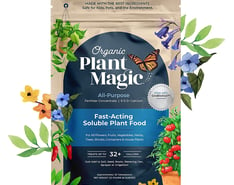

Fast Acting Fertilizer
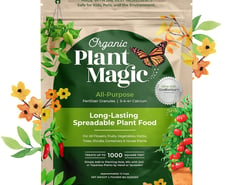

Slow Release Fertilizer
🏡 Build a DIY Micro-Greenhouse
Want higher humidity and warmth for cuttings or fussy plants? Create a mini greenhouse using a clear storage bin, fish tank, or even a cake display dome.
🧠 Try this:
Flip a clear plastic bin upside down with the lid off for air flow.
Use it to help rescue struggling plants or root cuttings faster.
Add a mini hygrometer inside to track conditions.
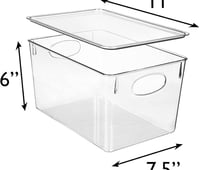

Clear
Storage Container
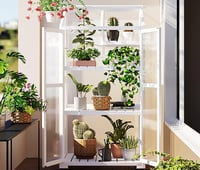

Portable Greenhouse
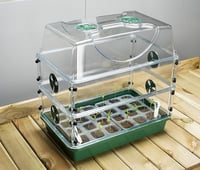

Humidity domes
🔄 Bonus: Rotate, Clean, and Group
Even in nature, leaves turn toward the sun. Keep your houseplants balanced and healthy with a few simple habits:
🧠 Smart Habits:
Rotate plants every 2–3 weeks to avoid lopsided growth.
Wipe leaves with a damp cloth to remove dust (helps with photosynthesis).
Group similar plants together to boost humidity and make care easier.
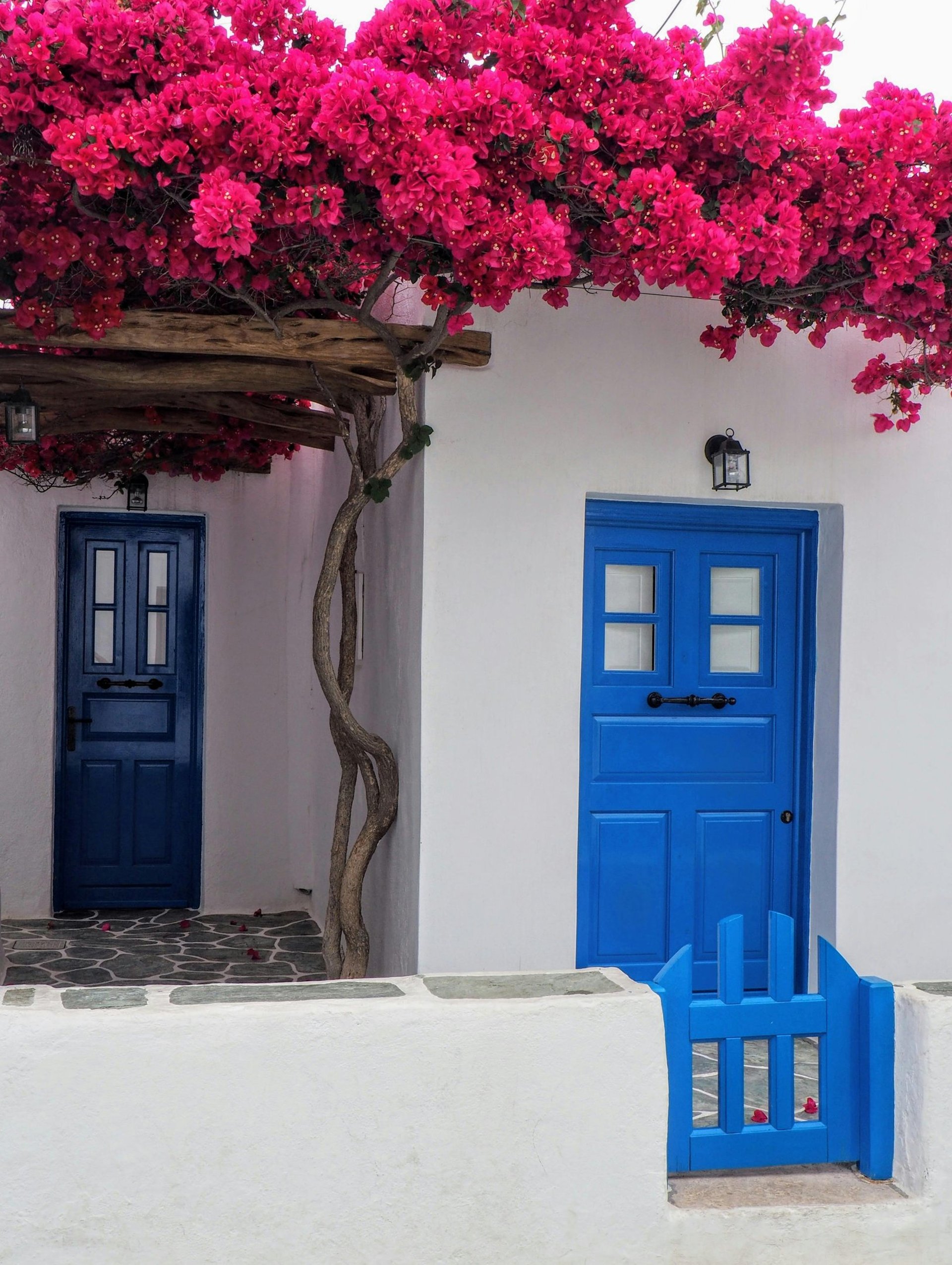
🌿 Final Thoughts
Bringing a touch of the wild into your home isn’t just about decor — it’s about helping your plants live how they were meant to. A little extra care to mimic nature makes all the difference.
The result? Happier, healthier plants that grow bigger, bloom brighter, and make your space feel like a living jungle.
🌱 Bonus Tips Most People Don’t Know
🧂 1. Use aquarium water when watering your plants.
It’s full of natural nutrients like nitrogen and beneficial bacteria. Just make sure it’s from a freshwater tank — not salty!
💨 2. Give your plants a gentle breeze.
A small fan on low mimics outdoor wind, strengthens stems, and improves airflow — which helps prevent mold and pests.
🪵 3. Top-dress soil with leaf litter or coco husk.
In forests, fallen leaves help retain moisture and feed the soil. Recreate this by adding a thin layer of natural mulch to your pots.
🧴 4. Wipe leaves with diluted neem oil monthly.
Not only does this prevent pests, but it also adds a subtle shine and keeps your plant’s “solar panels” clean for better light absorption.
🌡 5. Don’t ignore temperature swings.
Plants grow better when there’s a slight difference between day and night temps. If possible, lower your thermostat a few degrees at night — your plants will thank you.